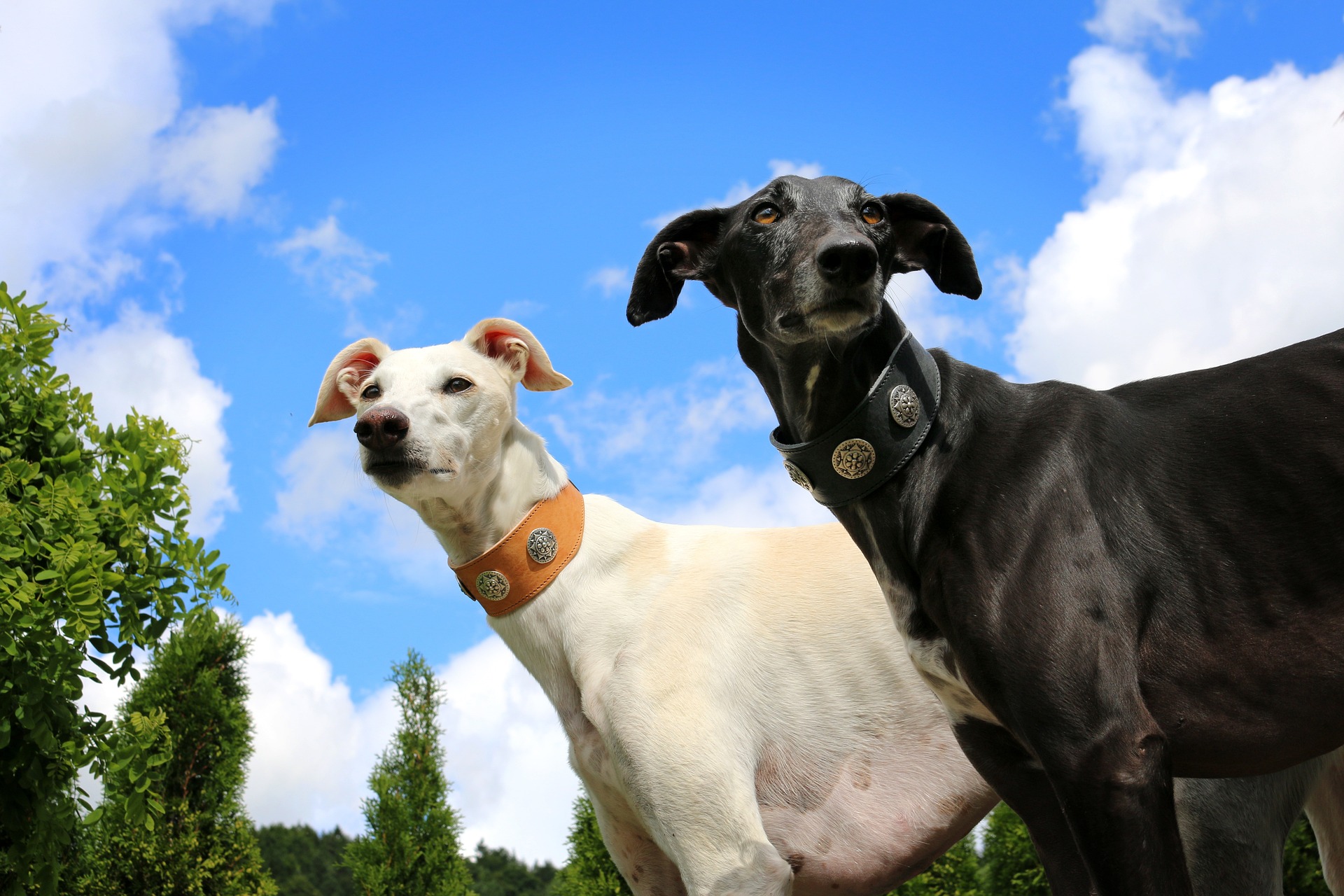
We hear lots of anesthesia-related questions at LRVSS.
Most are great questions. Some are based on complete myths, that we would like to debunk.
Let’s go over 3 common concerns.
Myth #1: Fluffy had anesthesia 1 month ago (or 3) (or 6). Isn’t it risky to put him under anesthesia again so soon?
This is a complete urban legend. The drugs we use these days as so safe, that they are processed (“metabolized”) shortly after the end of anesthesia.
So 1 week, 1 month, 6 months after anesthesia, they are long gone!
Let me give you the ultimate, most extreme example.
When a cancer patient needs radiation therapy, the standard protocol, from which all others are derived (depending on the actual type of cancer), is the following: 1 radiation therapy treatment, under general anesthesia, every day, 5 days a week, for 4 weeks.
That’s 20 treatments, under anesthesia almost 20 days in a row.
Keep in mind that the (cancer) patient is not the healthiest to begin with.
Yet they survive the treatment and up to 20 anesthesia episodes, since the goal is clearly to increase their lifespan.
Myth #2: My Dog is Too Old for Anesthesia
This is another stubborn myth. The risk of putting an older pet is indeed slightly higher.
And as I always say, “age is not a disease.”
We perform anesthesia in 11, 13, 15 year old patients who are actually healthier than some 1 year old pets.
What matters most is their health situation, not their age.
A 5 year old cat full of cancer is at a higher risk than a 10 year old dog who runs 5 miles with their owner every day.
So remember: “age is just a number.”
Also keep in mind that we never, ever perform anesthesia for fun. We need anesthesia to fix broken bones, address ACL tears, fix laryngeal paralysis, or remove tumors,
It’s almost the opposite. An older pet who had a disease may very well need anesthesia to get better thanks to surgery!

Myth #3: “I am terrified of having my greyhound go under anesthesia”
Ahhh… Greyhounds and their sensitivity to anesthesia drugs… This is a classic…
It is absolutely true that Greyhounds and other sighthounds are more sensitive to SOME anesthesia drugs.
Why? Probably because they have very little body fat, and because their liver processes drugs differently.
So those specific drugs stay around longer, and Greyhounds can take hours to wake up.
The same concept actually applies to very thin pets and very young patients in general.
One family of anesthesia drugs, called barbiturates, is a huge no-no in Greyhounds and other sight hounds. These drugs include thiopental and pentobarbital… but you couldn’t buy them in the US even if you wanted to.
It’s as simple as that: you cannot get them in the US!
Now, to be fair, you CAN get pentobarbital in the US, but it’s a euthanasia medication, so not at all a drug anybody would use to perform anesthesia!
So this fear, shared and repeated and amplified online and in Greyhound groups, is true but not at all valid in the US.
Greyhounds and sighthounds are simply sensitive souls in general.
Just because this is a myth it doesn’t mean that we don’t take all kinds of precautions, with Greyhounds or any other breed!
This is the reason why our anesthesia nurses take anesthesia so seriously, from the first second to the last, and beyond, during the entire recovery process.
If you would like to learn how we can help your pet with safe surgery and anesthesia, please contact us through www.LRVSS.com
Never miss a blog by subscribing here: www.LRVSS.com/blog
Phil Zeltzman, DVM, DACVS, CVJ, Fear Free Certified
www.LRVSS.com
